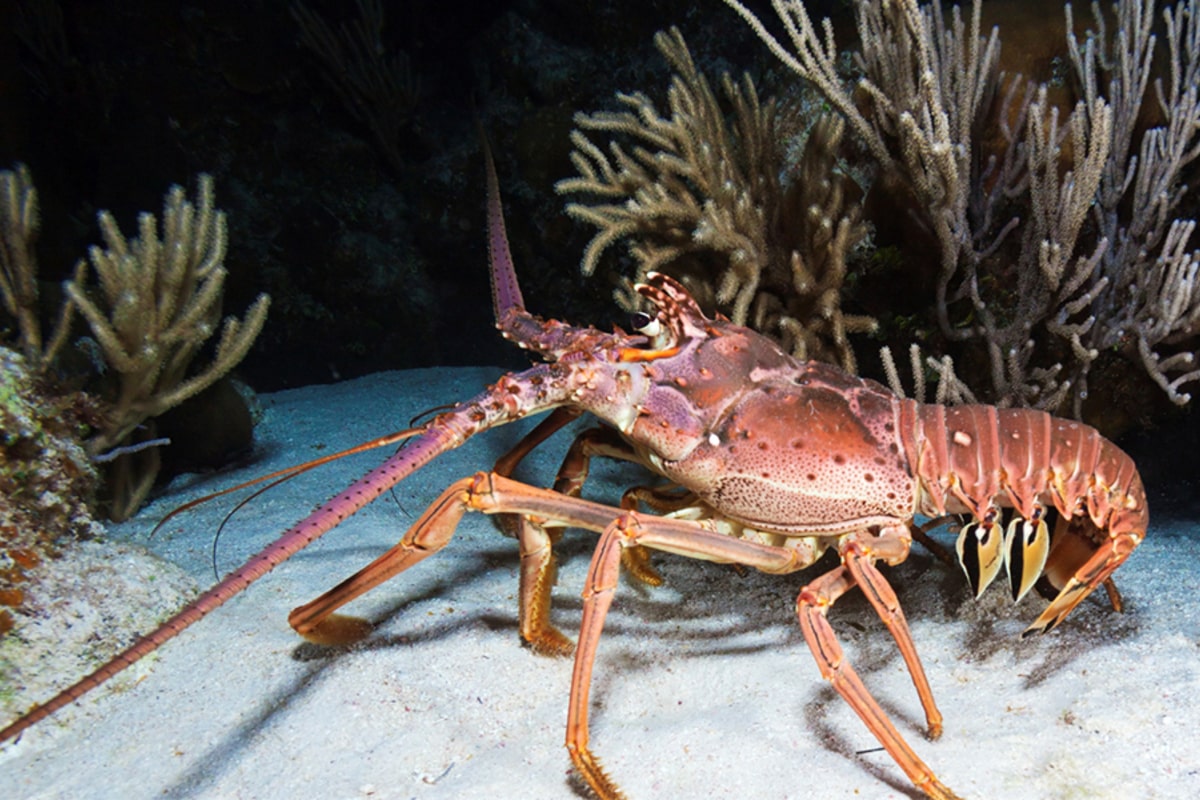Lobsters are among the most fascinating marine creatures that have long captured human curiosity. They impress not only with their appearance but also with remarkable biological traits that make them unique in the ocean world. In different cultures, lobsters have symbolized wealth and refinement, while in cuisine they have become a prized delicacy. At the same time, there are many details you may not know that reveal a completely different side of these animals. Here are some captivating facts about lobsters.
- Lobsters belong to the group of crustaceans, and their closest relatives are crabs and shrimp. They have a hard chitin shell that protects their body from external threats. This shell is shed during molting as the lobster grows.
- The lifespan of lobsters is much longer than most people think. There are known cases where they lived up to one hundred years. Such longevity is connected to their ability to continue growing throughout their life.
- Lobsters are capable of regeneration. If they lose a claw or a leg, over time a new one can grow back. This makes them highly resilient and well-adapted to survival in the wild.
- The heart of a lobster is located in its cephalothorax and beats around 20–30 times per minute. Interestingly, their blood is blue because it contains hemocyanin with copper instead of iron. This feature helps them survive in cold waters.
- The nervous system of lobsters is unusual. They have two main nerve clusters that function like a brain and control movement and behavior. This makes their way of processing information different from that of many other animals.
- An adult lobster can weigh more than 15 kilograms, though most are much smaller. The largest recorded lobster weighed over 20 kilograms and was caught off the coast of Canada. Such individuals are true giants among marine crustaceans.
- The claws of a lobster serve different purposes. One is used for crushing food and gripping firmly, while the other is adapted for more delicate and precise movements. This division allows them to capture and process food efficiently.
- Lobsters are mostly nocturnal animals. They search for food in the dark and prefer a solitary lifestyle. During the day, they usually stay hidden in shelters among rocks and seaweed.
- Their diet includes mollusks, fish, algae, and even other crustaceans. They are omnivorous, which allows them to adapt easily to different environments. This helps them survive even when resources are scarce.
- Lobsters can sometimes change the color of their shell depending on their habitat. Rare individuals with blue, orange, or even bright pink coloring have been found in nature. This is linked to mutations in their pigments.
- Lobsters never stop growing throughout their lives. The older they get, the larger they can become. However, excessively large lobsters are rare because they often fall prey to fishermen.
- Lobsters have highly developed senses of smell and touch. They can detect the scent of food from a long distance using their antennae and sensory hairs on their body. This helps them forage successfully even in complete darkness.
- Sexual maturity in lobsters comes after several years of life. Females can lay anywhere from a few thousand to one hundred thousand eggs at once. The development of young lobsters takes several months, and only a small fraction survive.
- Lobsters were not always considered a delicacy. In the Middle Ages, they were regarded as food for the poor and were even used as fertilizer. Only later, when they gained popularity among the aristocracy, did they become a symbol of luxury.
- In cuisine, the meat of lobsters is prized for its tenderness and nutritional value. It is found in the tail, claws, and legs and is rich in protein, minerals, and vitamins, especially zinc and vitamin B12. This makes lobster not only delicious but also healthy.
- Lobsters play an important role in the ocean ecosystem. They contribute to the natural cycle of matter by eating waste and helping control the population of other marine creatures. Their role in maintaining balance in marine life is very significant.
- These creatures can move both forward and backward. In case of danger, they make a quick tail flip to retreat rapidly. This ability helps them escape predators.
- Despite their sturdy appearance, lobsters are sensitive to environmental changes. Water pollution, temperature fluctuations, and overfishing pose serious threats to their populations. That is why many countries have implemented lobster protection programs.
- Lobsters can live at depths of up to 500 meters, though they are most commonly found in coastal waters. They prefer rocky bottoms, where they can hide from predators. This makes them masters of camouflage in their natural environment.
- Scientists continue to study lobsters, as they possess unique biological traits that may be valuable for medicine. Their ability to regenerate and their longevity attract special interest in research related to extending human life.
Lobsters are extraordinary marine animals that hide many surprising qualities. Interesting facts about them prove that they deserve attention not only as a culinary delicacy but also as an object of scientific research. Fascinating facts about lobsters reveal the mysteries of the ocean you may not have known. Their existence reminds us once again of the importance of preserving marine nature and living in harmony with the environment.





